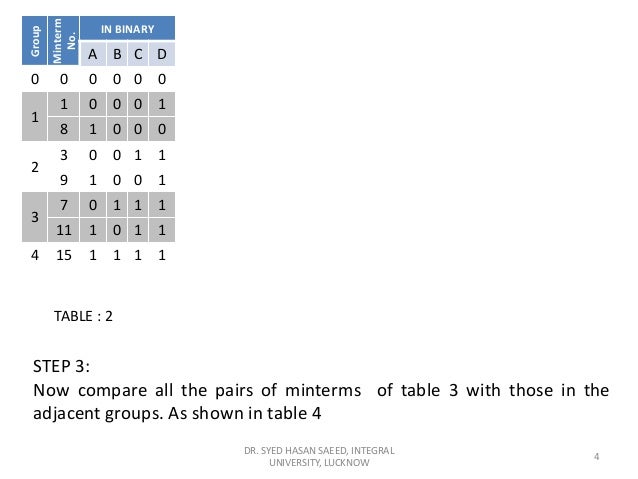

Now multiply each of the expressions linked by “and” (or the arrows on paper) and add them together to get the final indefinite integral: Doing this problem on paper, you would simply draw arrows between the following expressions: Using this table to find the indefinite integral of the function requires taking the sign from each row in the column except the last, applying it to the entry for “u” in the same row, and multiplying the result by the entry for “dv” in the next row. This is how the table for finding the integral of x 4e 3x will look: Signs

For our sample problem, the first entry in the “dv” column will be e 3x. The subsequent entries in this column will be the successive integrals of the first entry. The first entry in the column labeled “dv” includes the other part of the function we want to integrate. In integrating our sample function, x 4e 3x, we will put x 4 in the column labeled “u.” The subsequent entries in the “u” column will be the successive derivatives of the first entry - all the way to zero. The first entry in the column labeled “u” will be the part of the function we want to integrate which can be reduced to zero through successive differentiation. We can call the first column “Signs,” the second column “u” and the third column “dv.” Under the column called “Signs,” we list positive and negative signs in alternating order for as many times as the problem requires. The tabular method uses a convenient table with three columns. This is because the 5 th derivative of x 4 is equal to zero, whereas sin(x) does not have any nth derivative which always exhibits zero values.

For instance, the tabular method can be used to find the indefinite integral of x 4e 3x, but not of sin(x)e 3x. The tabular method can be applied to any function which is the product of two expressions, where one of the expressions has some nth derivative equal to zero.


 0 kommentar(er)
0 kommentar(er)
